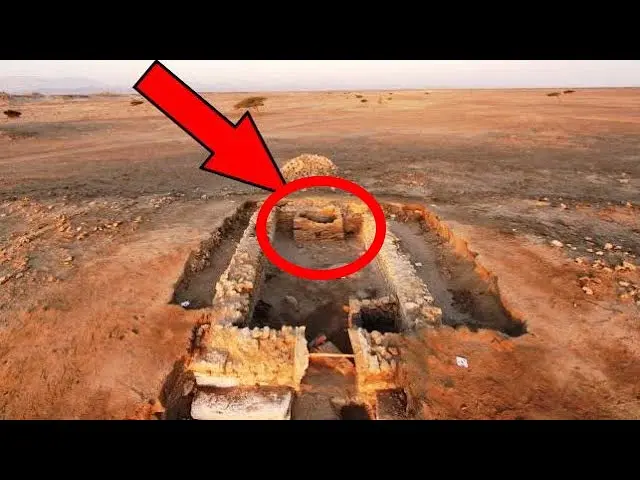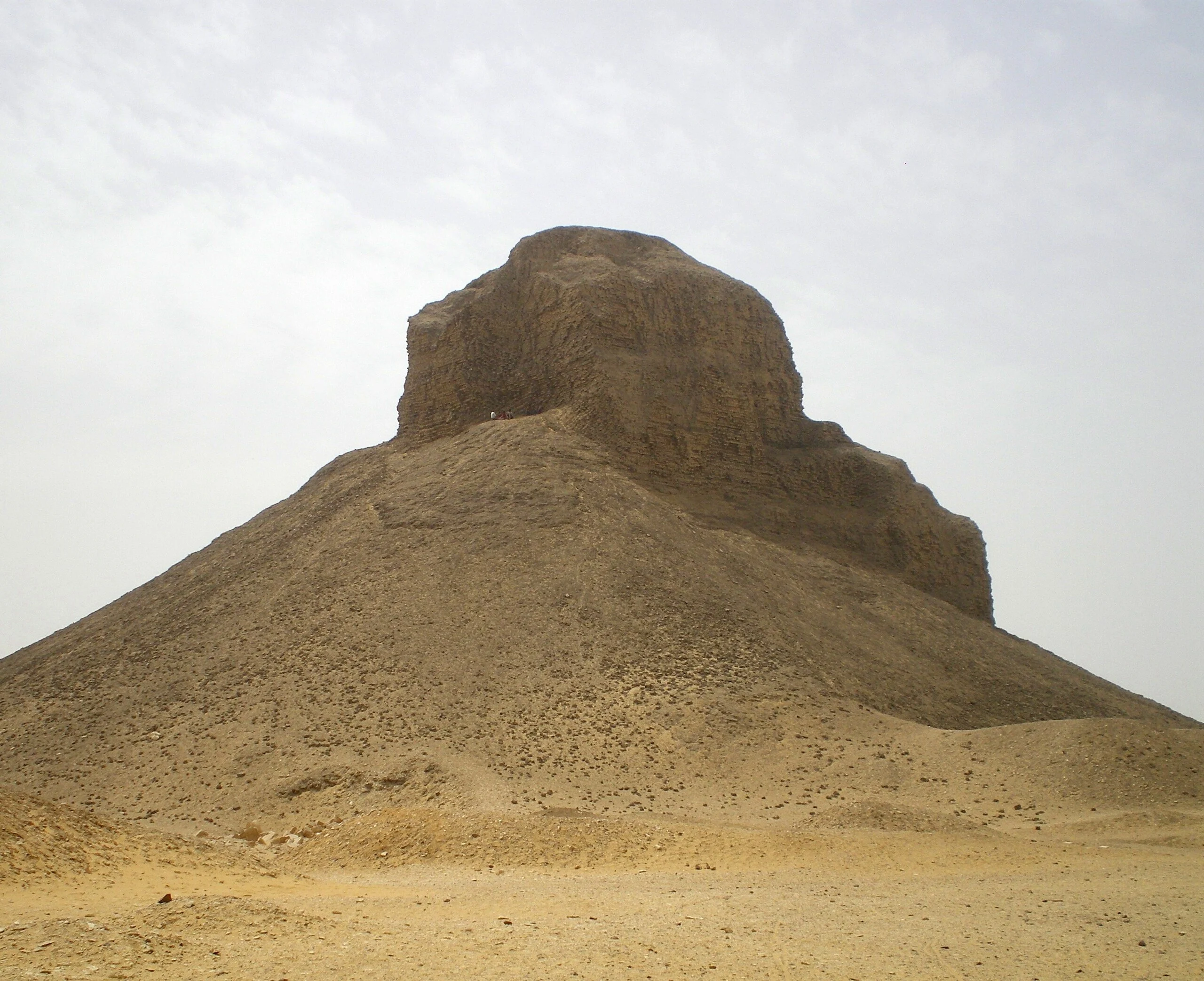
1) 1800-Year-Old Sewer System in Ancient Mastara, Turkey
In May 2022, archaeologists unearthed a remarkable piece of ancient engineering: an 1800-year-old sewer system in ancient Mastara, Turkey. This discovery is not just a testament to the advanced urban planning of the era but also challenges our understanding of historical infrastructural development.
The system’s extensive network of tunnels, large enough for an average person to walk through comfortably, indicates a sophisticated approach to sanitation and water management. The excavation revealed that these tunnels extend beneath almost the entire ancient city, covering 160,000 square meters. Remarkably, this complex system predates Roman innovations in sewage management, shedding new light on the technological prowess of ancient civilizations.
2) Mayan Stone Tablets in Chichen, Mexico
Discovered in December 2019, the Mayan stone tablets in Chichen, Mexico, offer a glimpse into the enigmatic and often misunderstood practices of the ancient Mayans. These limestone tablets, believed to be around a thousand years old, are adorned with intricate hieroglyphics and depictions of human forms.
Their discovery within the Snail’s Temple, a structure thought to be constructed in the early 10th century, suggests their use in human sacrifices. Measuring approximately 5 feet in length and 2 feet in width, the tablets are large enough to have possibly been used for ritualistic purposes. The presence of ropes in the carvings indicates a departure from the voluntary nature typically associated with Mayan sacrifices, hinting at a more complex societal and religious dynamic.
3) Cave Village of Mamon, Iran
The Cave Village of Mamon in Iran is a fascinating testament to human adaptability and the enduring nature of early settlements. Originally established over 12,000 years ago, Mamon is a rare example of an ancient dwelling still in use. While the majority of the caves are not as old as the village itself, being expanded about 4,000 years ago, they represent a continuous thread of habitation.
These caves, once used for religious purposes, gradually evolved into permanent homes. Today, while some serve as holiday retreats, over 600 people call Mamon their permanent home. This blend of historical and modern life, showcased in simple, single-room dwellings with minimal modern facilities, paints a vivid picture of a living, breathing archaeological site.
4) Skeletons in Barones Trog, Egypt
The discovery of a group of skeletons in Barones Trog, Egypt, in May 2022, presents a unique archaeological puzzle. Found in an ancient Red Sea Port City, these remains, dating back around 1500 years, were interred in a highly unusual manner. The seven individuals were found with the bones of their lower limbs placed on their chests, a burial method previously unrecorded in Egyptian archaeology.
This positioning, likely achieved through binding, suggests a ritual or symbolic significance, contrasting with the elite status indicated by the burial goods found alongside them. This site offers a rare opportunity to explore lesser-known aspects of ancient Egyptian burial practices and societal structures.
5) Dholavira’s Ancient Sign Boards, India
Dholavira, an ancient city of the Indus Valley Civilization, stands out for its pioneering contributions to urban planning and water management. The city, settled around 5,000 years ago, is renowned for what might be the world’s first water storage system, ingeniously designed to harness the monsoon rains.
Additionally, Dholavira is famous for its enigmatic signboards, comprising 10 symbols that have resisted deciphering. These symbols, etched into stone, likely served as public notices or markers, demonstrating an early form of communication. The city’s organized streets and distinct urban sectors for administration, industry, and dwellings, all centered around a fortified citadel, further highlight the advanced urban planning of the Indus Valley Civilization.
6) Offa’s Dyke, Shropshire, UK
Offa’s Dyke, an impressive earthwork in Shropshire, UK, constructed in the 8th century, stands as a monumental testament to ancient political boundaries. Spanning an incredible 176 miles and standing 12 feet high, this earthwork was commissioned by King Offa of Mercia to demarcate his kingdom from Wales.
Its sheer size and the effort required for its construction speak volumes about the resources and labor available to Offa, symbolizing his power and authority. However, radiocarbon dating has raised questions about its origins, suggesting that parts of the Dyke may predate Offa’s reign. Today, Offa’s Dyke has transcended its original purpose, becoming a habitat for diverse wildlife and a historical landmark.
7) Left-Handed Viking Sword, Norway
The discovery of a left-handed Viking sword in a 1,000-year-old burial mound in Vinora Trog, Norway, in September 2020, is an exceptional find in the realm of Norse archaeology. Viking swords are often uncovered, but the uniqueness of this sword lies in its design, tailored for a left-handed warrior.
This custom-made weapon, indicative of the high status and individuality of its owner, challenges the conventional understanding of Viking warfare and society. The sword’s presence in a tomb, alongside other warriors’ graves, adds to its mystery. Its subtle grip difference, favoring the left hand, reveals the meticulous craftsmanship and personalized nature of Viking weaponry.
8) Kizil Caves, China
The Kizil Caves, located on the edge of the Tarim Basin in Northwest China, are an awe-inspiring example of ancient Buddhist artistry. Carved approximately 2,300 years ago, these caves are considered the oldest major Buddhist cave complex in China. Situated along the Silk Road, these caves served as a religious and cultural melting pot, reflecting the interactions between different civilizations.
Inside, over 15,000 feet of murals and wall paintings depict Buddha legends and Jataka stories, using rare ultramarine pigments. The sophisticated artistry and the significance of the pigment used underscore the caves’ importance as a religious site and offer invaluable insights into early Buddhist practices.
9) Statue of Princess Iset, Luxor, Egypt
In 2014, archaeologists in Luxor, Egypt, unearthed a striking 6.5-foot-tall statue of Princess Iset, the daughter of Amenhotep III, dating back almost 3,400 years. This discovery is significant as it is the first time a sculpture of Princess Iset has been found in isolation; she is typically depicted alongside family members.
The statue’s grandeur and craftsmanship suggest it was part of a larger arrangement, possibly a collection of colossal statues that once guarded a temple’s entrance. The hypothesis that the entire arrangement could have reached a staggering 46 feet in height offers a glimpse into the artistic and architectural grandeur of ancient Egypt under Amenhotep III’s reign.
10) Secret Celtic Tree Cross, Kilia, Ireland
The Secret Celtic Tree Cross in Kilia, Ireland, is a mysterious and breathtaking discovery, visible only from the air. Stretching over 300 feet in length, this cross is composed of thousands of carefully planted trees. The cross’s origins are shrouded in mystery, with local lore attributing it to a forester named Liam Emery, who passed away in 2010.
The age of the trees and the meticulous planning involved in this arrangement raise questions about its true age and purpose. The cross’s existence is a beautiful example of landscape art, whether ancient or modern, and continues to intrigue both locals and scholars alike.
11) Pang Caves, Tibet
The Pang Caves in Tibet, situated near the sacred Mount Kailash, are an enigmatic network of over 1100 hand-carved caves. The precise age of these caves is unknown, but their Buddhist nature suggests they are at least 2,500 years old. About a third of these caves were used as habitation spaces, and around 200 as meditation caves, identifiable by their ritual architecture.
The remaining caves, wrapped in mystery, are part of a complex labyrinth of tunnels and secret rooms. The sacred status of the Pang Caves limits exploration, adding to their mystique and preserving the unknown aspects of their history.
12) Sword of Joyeuse, France
The Sword of Joyeuse, displayed in the Louvre, is steeped in legend and history. Allegedly belonging to Charlemagne, the great King of the Franks, this sword is said to be over 1200 years old. The sword’s historical significance is heightened by its association with Charlemagne, a figure of immense power and mythical stature.
According to legend, the sword possessed magical properties, such as blinding brightness and the power to confer invulnerability. While the sword’s provenance remains unverified, its presence in the coronation of Philip the Bold in 1270 is well documented, adding a layer of historical intrigue to its legendary status.



